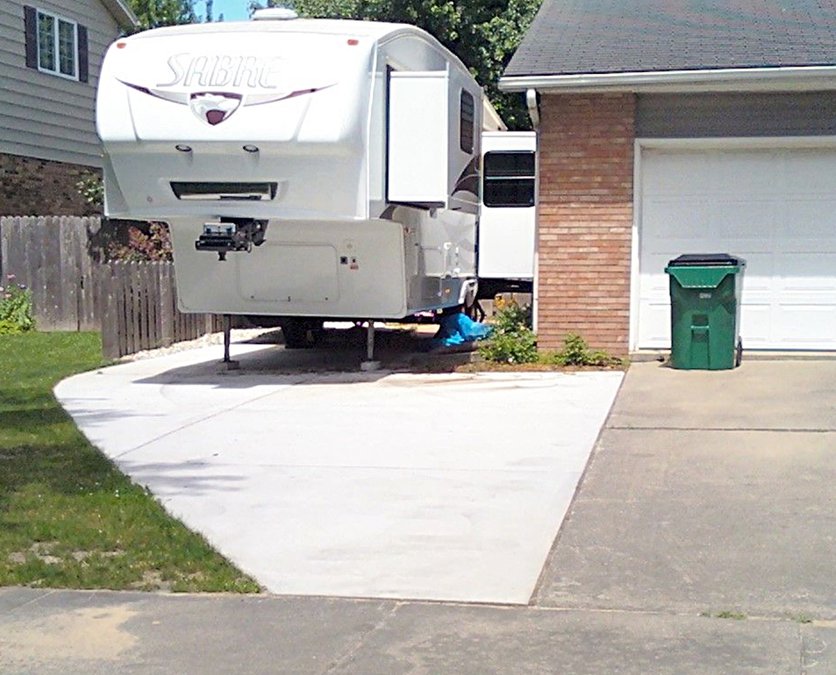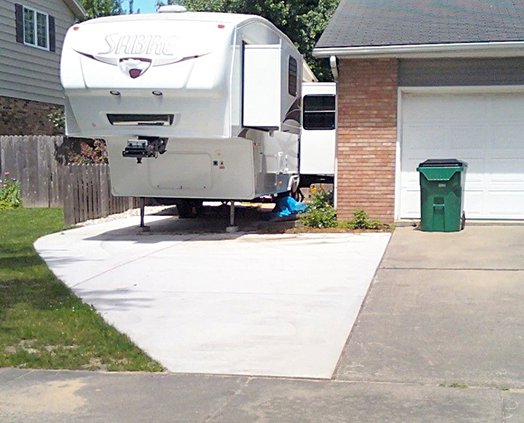The parking of recreational vehicles within the City of Great Bend would be better defined by ordinance revisions, but the City Council Monday night tabled the matter so administrative staff could better hone the guidelines.
At the Nov. 2 council meeting, Josh Blankenship and Danyon Holden addressed the governing body about the ordinance pertaining to parking recreational vehicles on their property. Per the ordinance, one you legally park a recreational vehicle on your property as long as the recreational vehicle is aligned with the front of your house.
If it does not comply, then you one be fined. Both individuals felt this was infringing on their rights as property owners, and wanted to see this changed.
After much discussion, council agreed to have a work session to review the ordinance. “That spurred a lot of discussion,” City Administrator Kendal Francis said.
At that Nov. 16 session, the council instructed staff to edit/update the current city ordinances concerning the definitions of a mobile home and a recreational vehicle, as well as the permitted parking of recreational vehicles.
Definitions have been updated utilizing the Kansas Department of Revenue’s definitions for both mobile homes and recreational vehicles.
Permitted Parking has been changed to clarify that the entirety of the RV, including the hitch, must be behind the “front of the house,” which has also defined.
However, the front of a house became complicated when the property was a corner lot, Francis said. So, the ordinance will be tweaked and brought up when the council meets next.
Under the revised ordinance as presented Monday night:
• A mobile home is defined as a structure that is transportable in one or more sections which, in its traveling mode, is at least 8 feet wide and at least 36 feet long; is built on a permanent chassis; designed to be used as a dwelling with or without a permanent foundation; connected to utilities; and includes plumbing, heating, air conditioning and electrical systems.
• A recreational vehicle is defined as a vehicular-type unit that has been built on or has been built for use on a chassis; and has been designed primarily as temporary living quarters for recreational, camping, vacation or travel use; and which has its own motive power or is mounted on or drawn by another vehicle; and which has a body width not exceeding 102 inches (eight and a half feet) and a body length not exceeding 45 feet.
It also has: An electrical system which operates above 12 volts; plumbing; heating; and any other standard features/components.
The term recreational vehicle shall also include any water-borne craft or vehicle.
• No RV shall be parked on any portion of the lot between the front of the house and the street, including the driveway, at any time or purpose, except loading and unloading for a trip, or for cleaning after a trip (and this must not exceed two days per week).
As for parking, they must be parked entirely, including the hitch, within garages or fully behind the imaginary line which extends beyond the front of the house from property line to property line.





